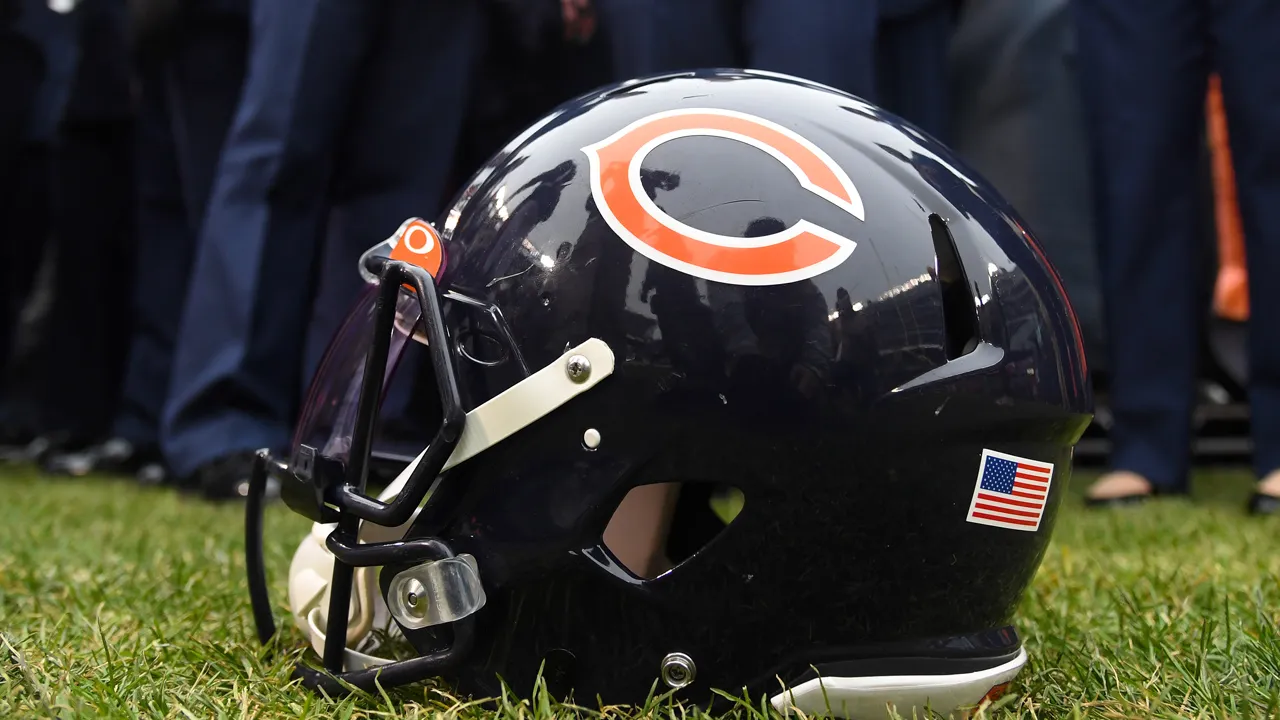No one involved with the Chicago Bears – no one, not players, coaches, media members, front office – had a good feeling on Sunday when the Bears followed through on a couple of anticipated roster moves with the releases of Antrel Rolle and Matt Slauson.
In a quarter-century around this team, both men are on a list of the classiest and most likeable individuals I have had the pleasure to meet and cover, along with Jermon Bushrod, Philip Daniels, Dick Jauron, Jim Miller, Lovie Smith, Chris Villarrial, Big Cat Williams and many, many others too numerous to chronicle here.
But the NFL is about nothing if not what-have-you-done-for-me-lately (which is why signing bonuses and guaranteed money are EVERYTHING in player contracts). So it was apparent as 2015 wound down that seeing Rolle and Slauson in Bears uniforms for 2016 was an extreme longshot.
Ironically, what the releases do, however, is put a brighter shine on the Bears’ 2016 draft. Because GM Ryan Pace now appears to have done a remarkably deft job of drafting simultaneously for both “best-available” and “need.” And that ain’t easy.
(This is not to be confused with a draft “grade” – players who’ve never played an NFL down even in a rookie minicamp do not deserve early “grades” on an NFL scale yet. Check back after weeks 1-3 of training camp.)
What Pace, John Fox and their staffs did in general was draft their preferred “best player available” – to a point. What Pace really did was slide the fluid definitions of “best” and “available” both up (from No. 11 to No. 9 for Leonard Floyd) and back (trading back twice from No. 41 to take Cody Whitehair).
The Bears did not just take the best player available when their turn came; they also moved to a spot where that player made draft-slot sense as well. Was Whitehair the best-available at No. 41? Maybe. Maybe not. But at No. 56, definitely.
NFL
Why that matters is because the Bears knew well in advance of this draft that they wanted upgrades at both guard and safety. So at guard, Pace got the best available one (the 49ers already had traded up into the late first round to grab Stanford’s Joshua Garnett at No. 28). And he filled a franchise need for the present and the future, even with Ted Larsen, Kyle Long, Manny Ramirez and Slauson in place. Guard is suddenly a strength on the roster, with upside in Whitehair.
Back in round four, after addressing pass-rush power with D-end Jonathan Bullard in round three, Pace did the same thing – the enviable combo of best-available and need-fill.
A number of safeties had gone already, and the Bears wanted West Virginia inside linebacker Nick Kwiatkoski with their first fourth-round pick (No. 113). Pace stayed with his board and still addressed the safety need, with Miami’s Deon Bush, using a pick acquired from Seattle with one of those round-two trades, and also with Deiondre’ Hall, who projects as a challenger at cornerback but who split time in the Northern Iowa defense at safety and even played linebacker at one point. Again, best-available at a need position.
Net result: The ultimate “grade” of a draft is how good the drafted players turn out to be. But a preliminary grade lies in whether or not a team was able to fill needs that hadn’t been addressed in free agency, which was very much the case at safety before this weekend.
One question that can be asked is whether Slauson at 30, proven at two positions, and knowing the Bears’ system, wasn’t in fact a better interior player than Ramirez, who is three years older and was benched last season by a less-than-distinguished Detroit Lions offense.
And being released May 1 isn’t as advantageous for a player as going on the open market at the outset of free agency, or sooner as in the Matt Forte case. The bigger the window of opportunity for catching on elsewhere, the better.
But both Rolle and Slauson are 30-plus, with some injury history within the last two years. And the reality is that both players would very possibly still be on the market leading into the draft timeframe. Teams look first to see what they can do in the draft before signing aged veterans, which would’ve involved guaranteeing some money. The Bears had both under contract and paid, so they weren’t in the same situation as other teams.
The play of Bush and Whitehair will ultimately vindicate the unpleasant roster moves Pace and the Bears made. But in terms of filling perceived needs and doing it in synch with best-available evaluations, the Bears’ 2016 draft just improved its preliminary “grade.”


